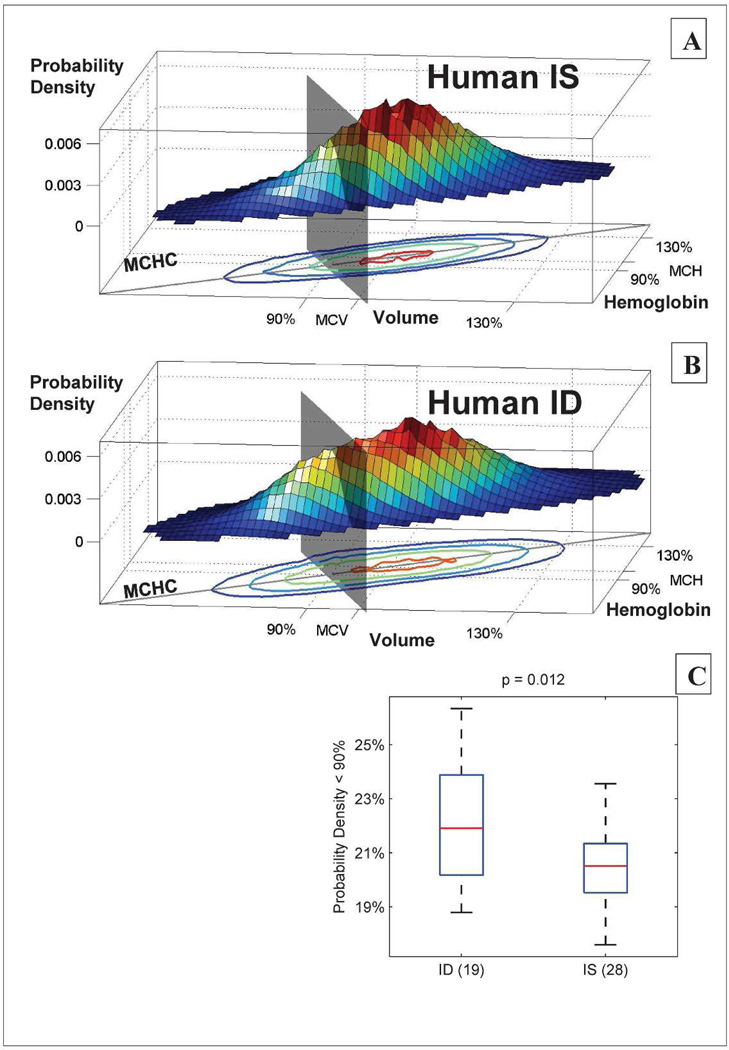Figure 4. In utero iron deficiency is associated with persistent delay in RBC clearance in two-year-old humans.
Panels A and B show the single-RBC volume and hemoglobin distributions for a typical IS (panel A) and a typical ID (panel B) child. A gray plane divides the populations al 90% of the MCV and MCH. For the IS child, 19% of the circulating RBCs are located between the plane and origin at steady state, as compared to 25% for the ID child. Panel C shows that this difference between the 19 ID children and 28 IS children is significant with a p-value of 0.012 (one-sided rank sum test), supporting the model prediction that in utero iron deprivation causes a long-lasting delay in RBC clearance with more low volume and hemoglobin cells in the ID children. The “MCHC” lines in A and B show the mean single-RBC hemoglobin concentration. Contour lines in A and B enclose 90%. 75%, 50%, and 12.5% of cells.

